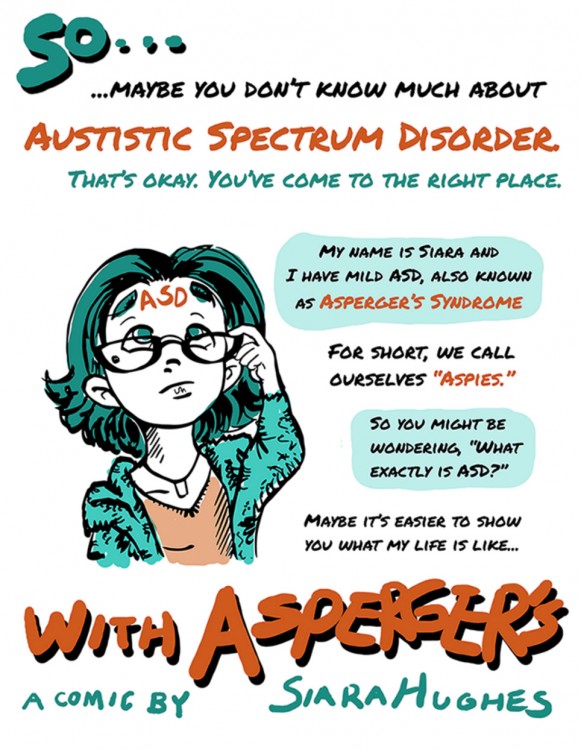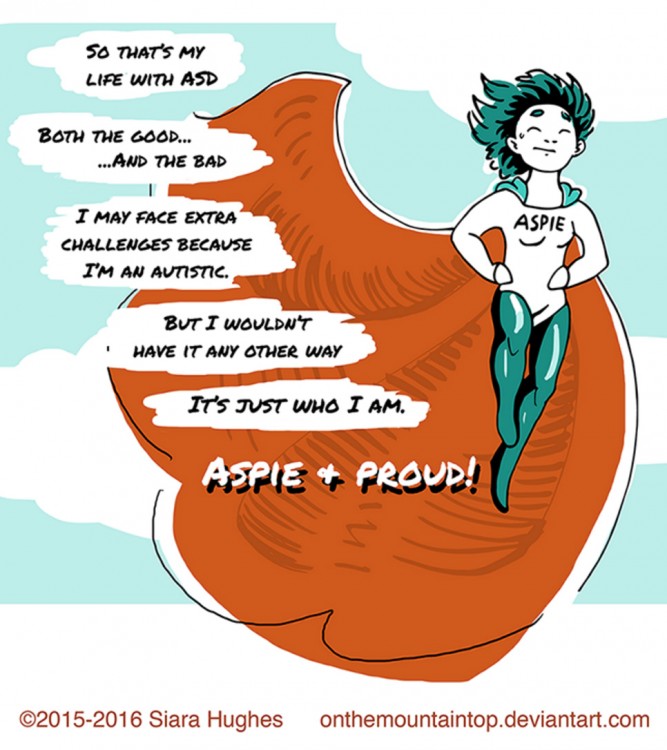Jenifer Laszlo Mizrahi
President, RespectAbilityUSA.org
Ilia Torlin via Getty Images
We are a stronger country when religious organizations of all faiths live up to our values — when we are welcoming, diverse, moral, and respect one another. People with disabilities and our families have the same hopes and dreams as everyone else, even if they face different challenges.
However, as we approach major religious holidays and the eve of the 25th Anniversary of the Americans with Disabilities Act (ADA), it’s important to remember that faith-based organizations were exempted from the ADA. Thus, many churches, synagogues, mosques and other religious organizations are not yet fully inclusive of people with disabilities.
This is a big challenge as fully one in five Americans (56 million Americans) has a disability. Thus, by ensuring that those who want to be a part of the community are welcomed, respected and valued, we can be a stronger and better nation.
Together we can build more inclusive faith-based communities where our children, parents, grandparents, and other family and friends with disabilities have an equal opportunity to fully participate. Here are 10 tips to do just that:
1. Communicate that all people are of equal value and are to be respected and openly welcomed. Clergy and CEOs of religious organizations, lay leaders, philanthropists, and faith-based media all set the vision, mission and tone of faith-based communities. Leadership must be intentional, not accidental. Inclusion of all must be embedded in policies, budget, staffing and practice.
2. Work with people with disabilities, not for them. People with disabilities want a seat at the table and to be involved in decision-making. If there are no people with disabilities participating in your decision-making process, invite them in. Value their experiences and opinions. Even people who are unable to speak have opinions that must be shared and heard. Remember the mantra: Nothing about us without us. And keep in mind that people with disabilities don’t want to be objects of pity — they want to contribute to making this world a better place, just like anyone else.
3. Take the time to learn “people-first language,” which respects human beings and their rights to be appreciated for the strengths they have, rather than to be defined by their disabilities. An example of people-first language is referring to a child with Down syndrome by his or her name, not “the kid with Down syndrome.” Or, worse yet, the “Down-syndrome kid.” A person who uses a wheelchair is a person first. Their wheelchair is a tool of liberation, and he or she is not “wheelchair-bound.” People-first language puts the focus back on people by speaking of “people with disabilities” (PwDs), not “handicapped” or “the disabled.” It costs nothing to use different language and it goes a long way to making people feel respected and valued.
3. Take the time to learn “people-first language,” which respects human beings and their rights to be appreciated for the strengths they have, rather than to be defined by their disabilities. An example of people-first language is referring to a child with Down syndrome by his or her name, not “the kid with Down syndrome.” Or, worse yet, the “Down-syndrome kid.” A person who uses a wheelchair is a person first. Their wheelchair is a tool of liberation, and he or she is not “wheelchair-bound.” People-first language puts the focus back on people by speaking of “people with disabilities” (PwDs), not “handicapped” or “the disabled.” It costs nothing to use different language and it goes a long way to making people feel respected and valued.
4. Ensure all program registration and sign-up forms include questions about accommodations people may need to fully participate. Not all programs can meet every need, but often all we need to do is ask. Starting such conversations lets people know you care about including them. When participants indicate they need an accommodation (i.e. sign language, more time to transition from one activity to another, extra tutoring etc.) their forms must go to the inclusion director/coordinator so he or she can ensure that their needs can be met. If you have a question about what a person with a disability needs in order to participate in a program, the solution is easy: ask them!
5. Trust is vital — and must be established before even meeting face to face with a person with a disability. How can you do this? Go beyond encouraging people to share their needs on registration forms. When people share their needs, respect their privacy by treating it just as you would healthcare information. Also, those working with children with disabilities will find that parents can be your best assets: they are already experts in meeting their children’s needs and can help you serve them successfully.
6. Spread the word in your marketing and social media that all people - with and without disabilities — are welcomed and appreciated. Showcase photos of people with disabilities enjoying your programs next to their “typically developing” peers. This sends a message that all are welcomed and valued. Websites, Facebook, Twitter and media can be important tools for sharing your values and what you offer. Post your diversity policy on your website and ensure it states that you are open to all, regardless of ability. Work to make your website easy to navigate and accessible to people who are blind and deaf. Post all of your videos on YouTube, which helps people who are hearing-impaired by creating free captions.
7. Inclusion is a lot less expensive than most people think, but it still takes the right team and training to do it effectively. All religious organizations, schools, camps and other institutions should have trained staff or provide effective training for existing staff in order to achieve success. Also critical is making changes to buildings so they accommodate those with disabilities. Professional training sessions and materials are vital to prepare staff and community for successful inclusion, and much of it is available online and for free.
8. Provide an inclusion director/coordinator to ensure your organization is ready to meet the needs of community members with disabilities. This does not need to be expensive. Trained professionals can be hired on a part-time basis and many people are willing to work as volunteers. Numerous special educators, therapists and social workers working in public schools or other institutions may be available to work, consult or volunteer part-time.
9. Make a commitment to enable people with and without disabilities to develop peer relationships, build social skills and respect and accept each other. In many institutions, one-on-one counselors and educators who provide support to children with more involved disabilities may mistakenly think their job is to be a child’s best friend. It’s not. Their role should be to “aid and fade” so that children with disabilities can make friends with their typically developing peers, and children without disabilities can enjoy diverse friendships as well. Moreover, it’s not a staff member or counselor’s job to fix every problem or constantly hover over participants. Instead, they should help children or adults with disabilities discover solutions on their own. At times a teacher or counselor will need to assist people with disabilities, either physically or in a conversation to meet their needs. But once the immediate need is met, it is important that people are given the space to be as independent as possible.
10. Put diverse and qualified people with and without disabilities on your staff, board and committees. Non-profit and for profit agencies alike should reflect the people they serve. This includes being models for involving qualified people with disabilities. In addition to developing programs with people with disabilities, they should also employ them and make use of their great talents. Organizations can encourage their members to offer internships to young people with disabilities or serve as ‘job coaches’ to help teens with disabilities get on track to a life of independence and success.
10. Put diverse and qualified people with and without disabilities on your staff, board and committees. Non-profit and for profit agencies alike should reflect the people they serve. This includes being models for involving qualified people with disabilities. In addition to developing programs with people with disabilities, they should also employ them and make use of their great talents. Organizations can encourage their members to offer internships to young people with disabilities or serve as ‘job coaches’ to help teens with disabilities get on track to a life of independence and success.
We all have hopes, dreams, and a desire to contribute to making a better world. By being intentional about opening our doors to all people no matter their differences, everyone benefits. Each person with a disability, just like those without disabilities, has strengths, purpose, equal value and a place in the community.












